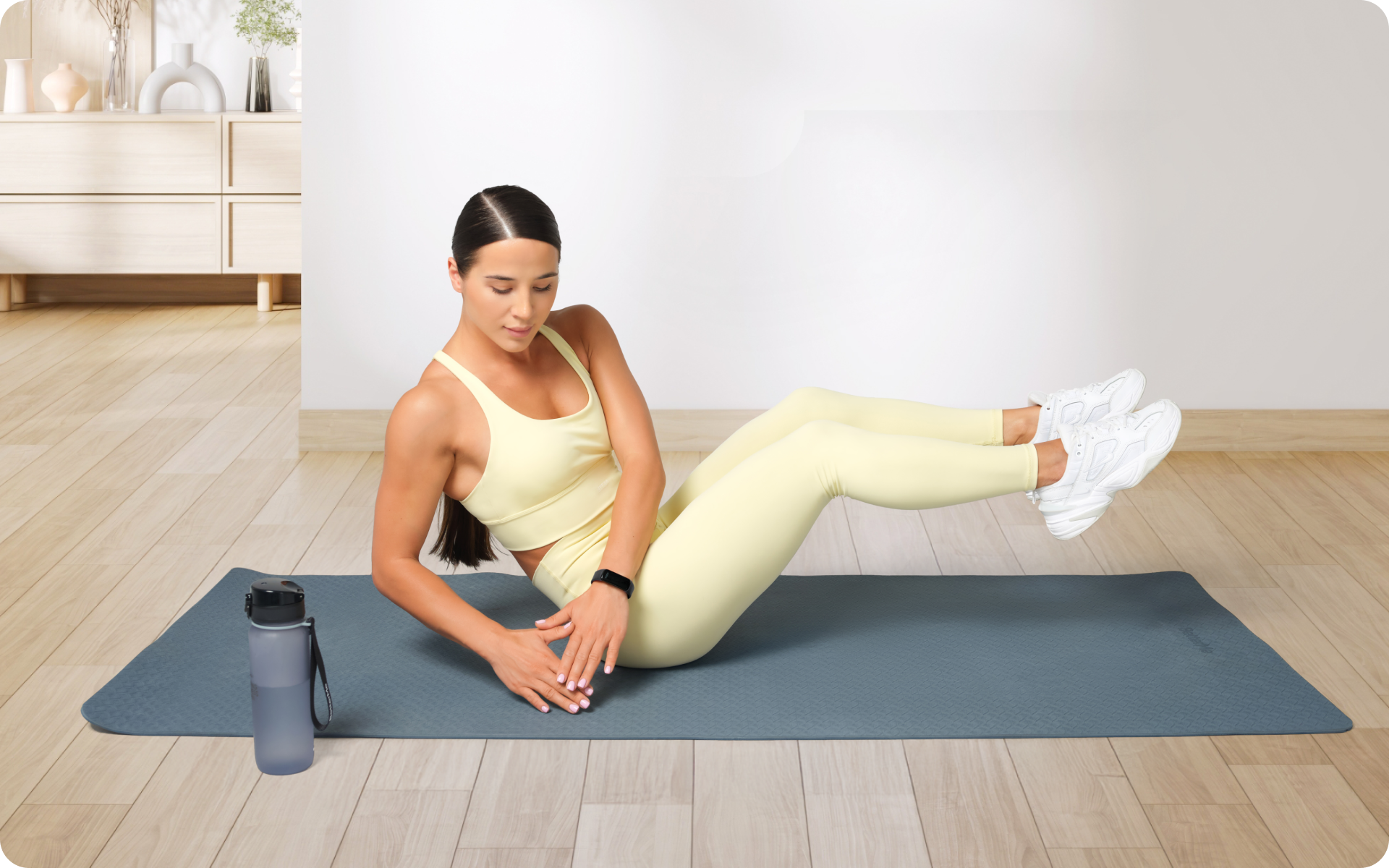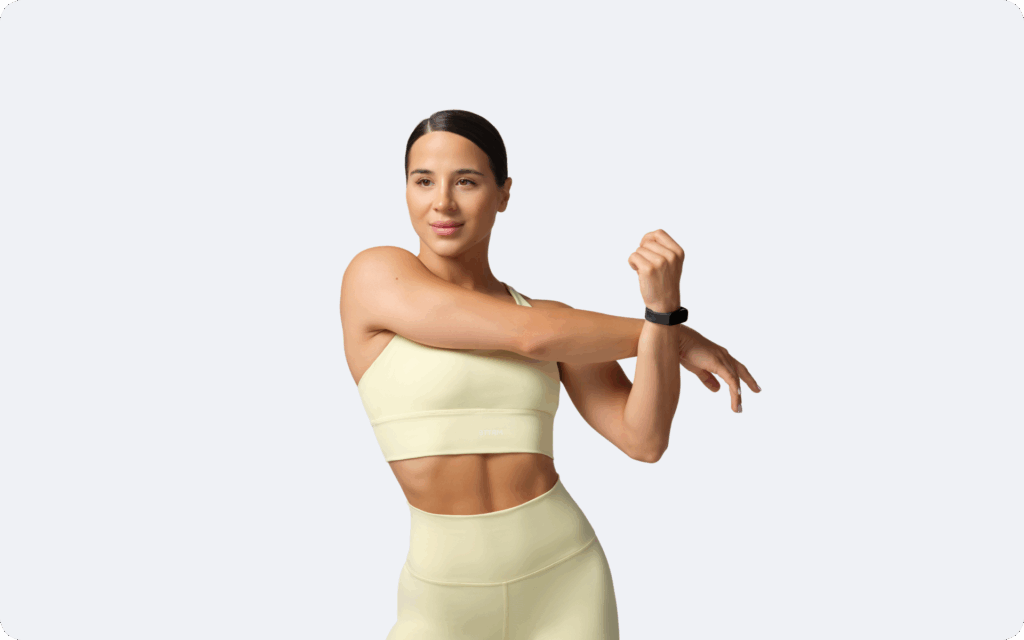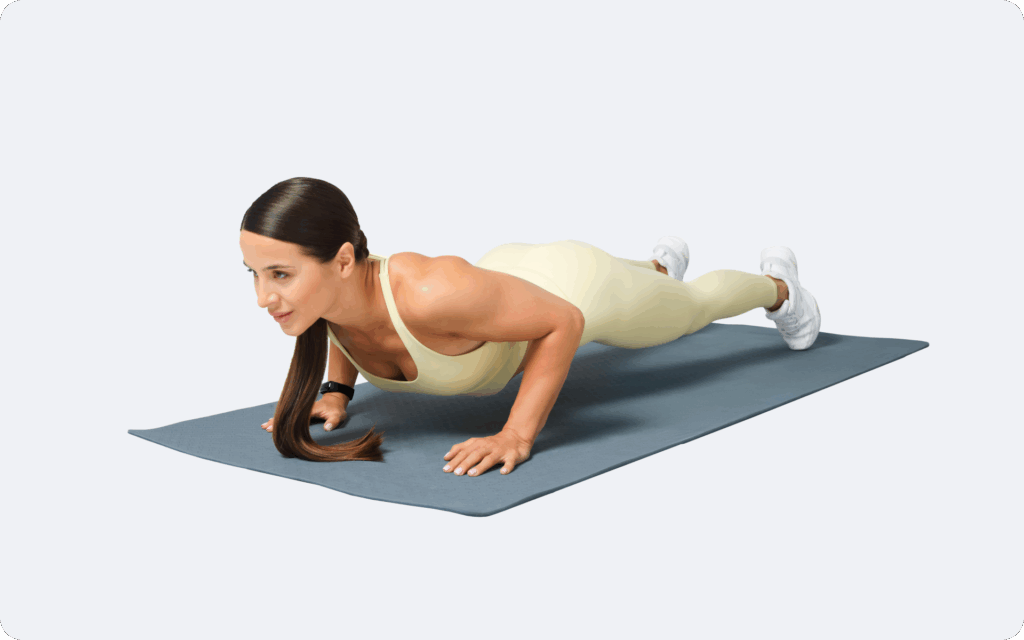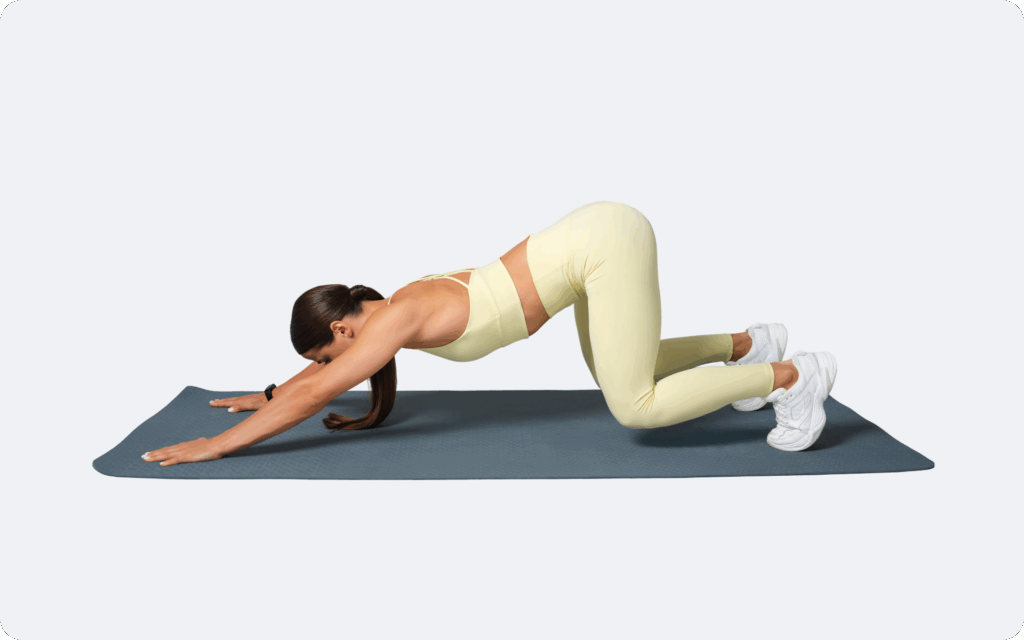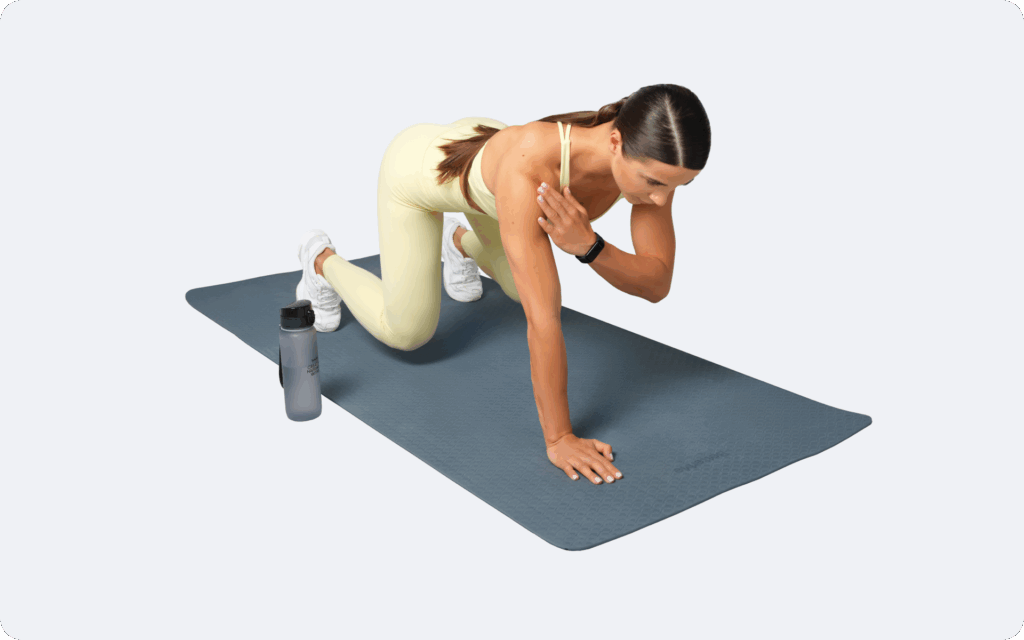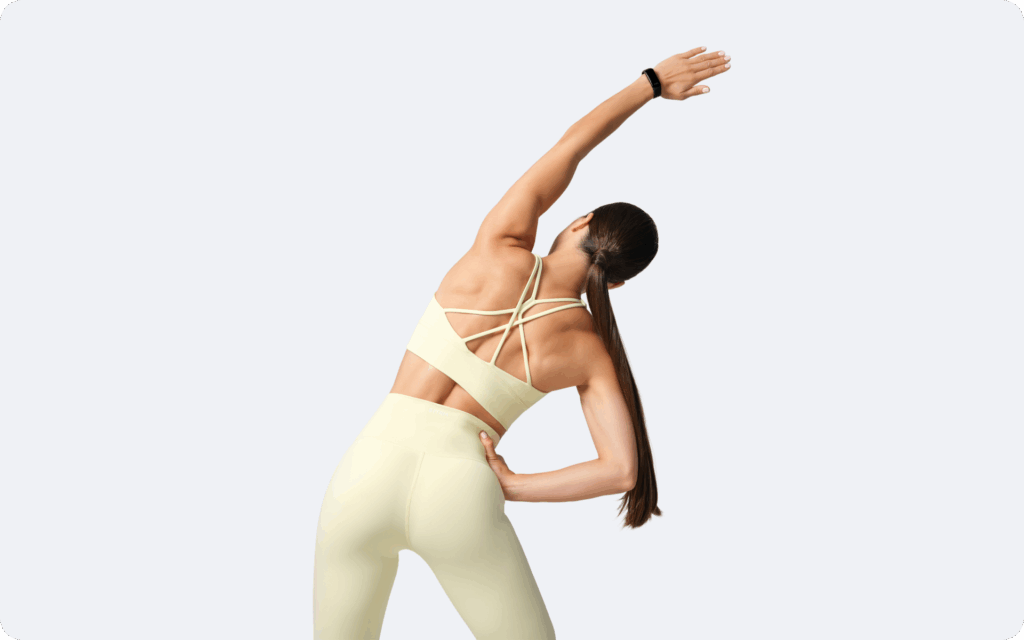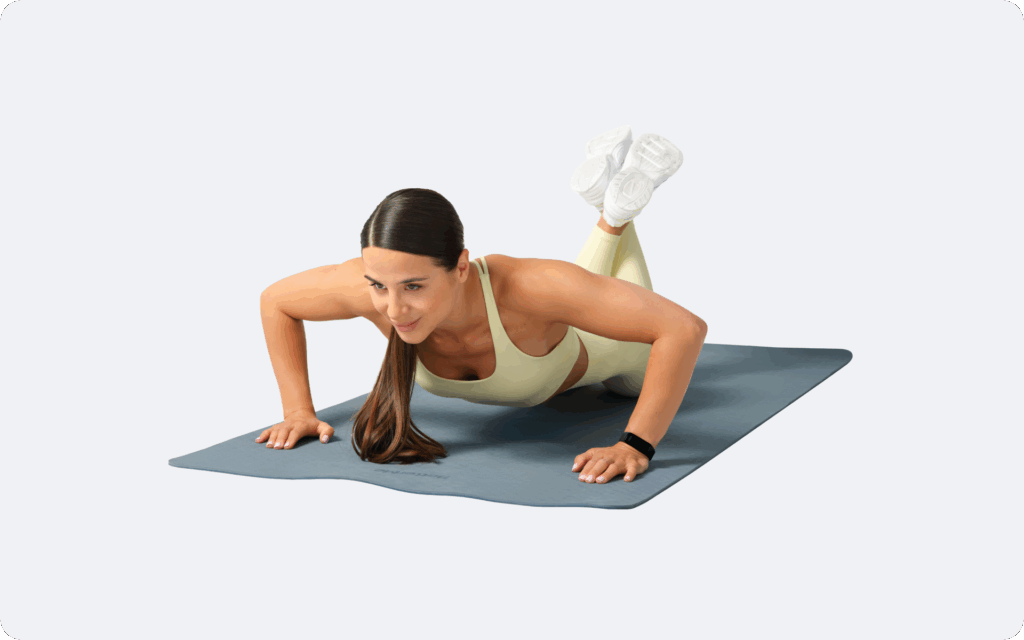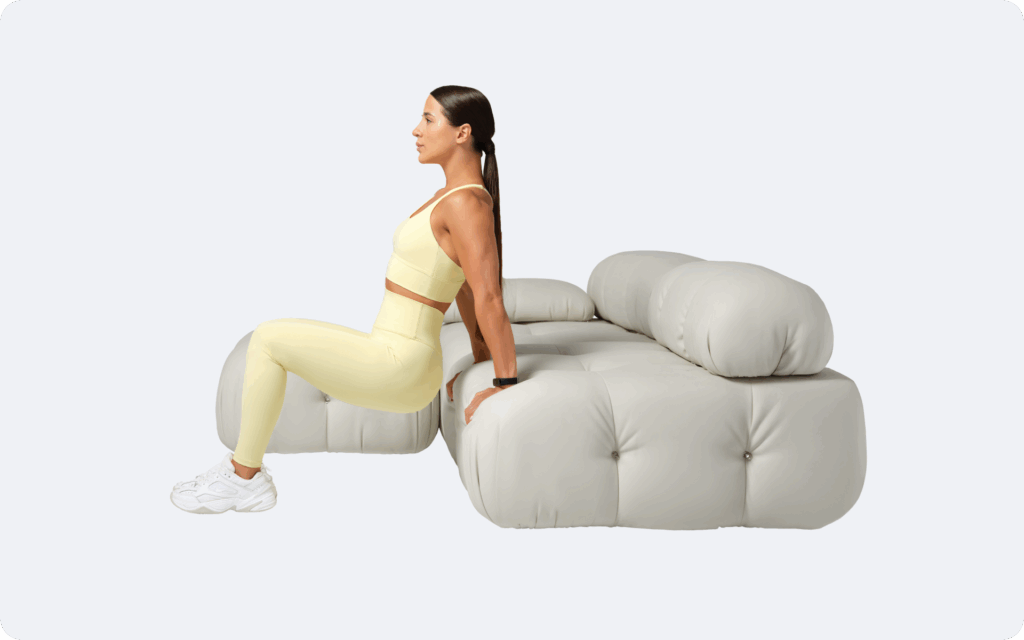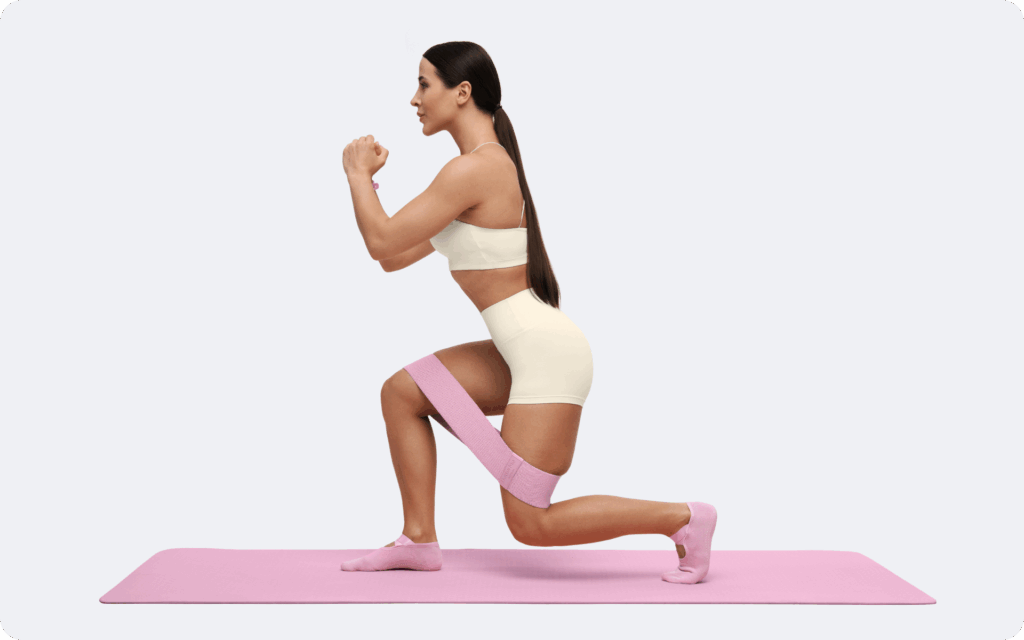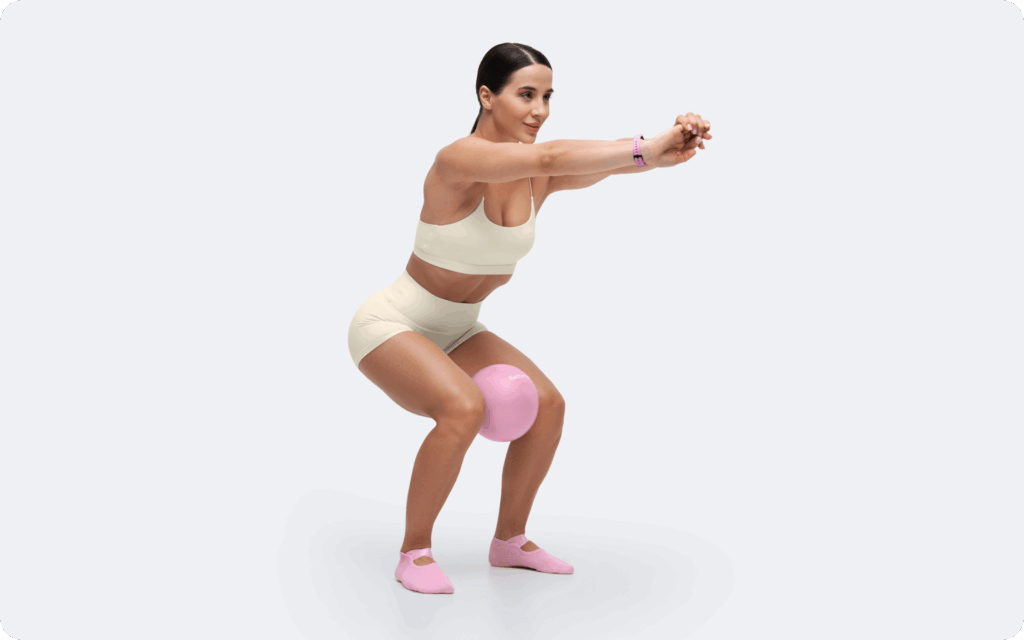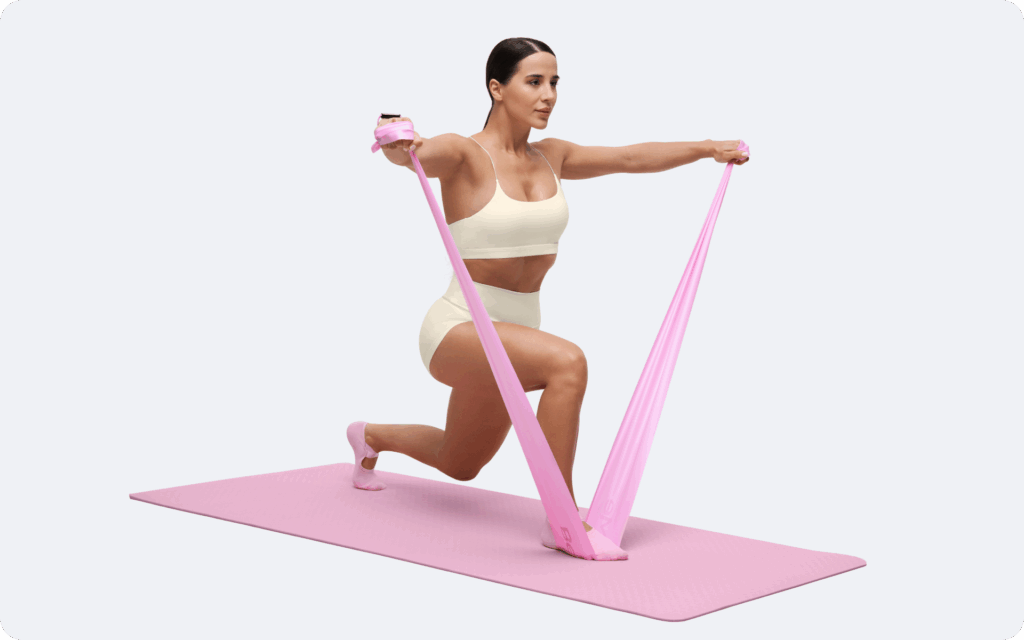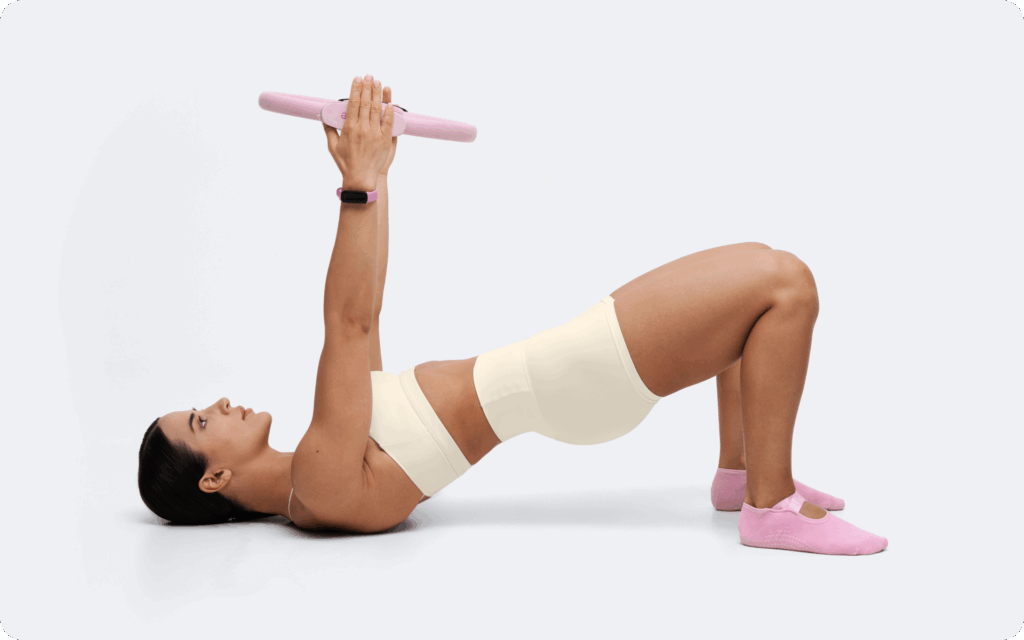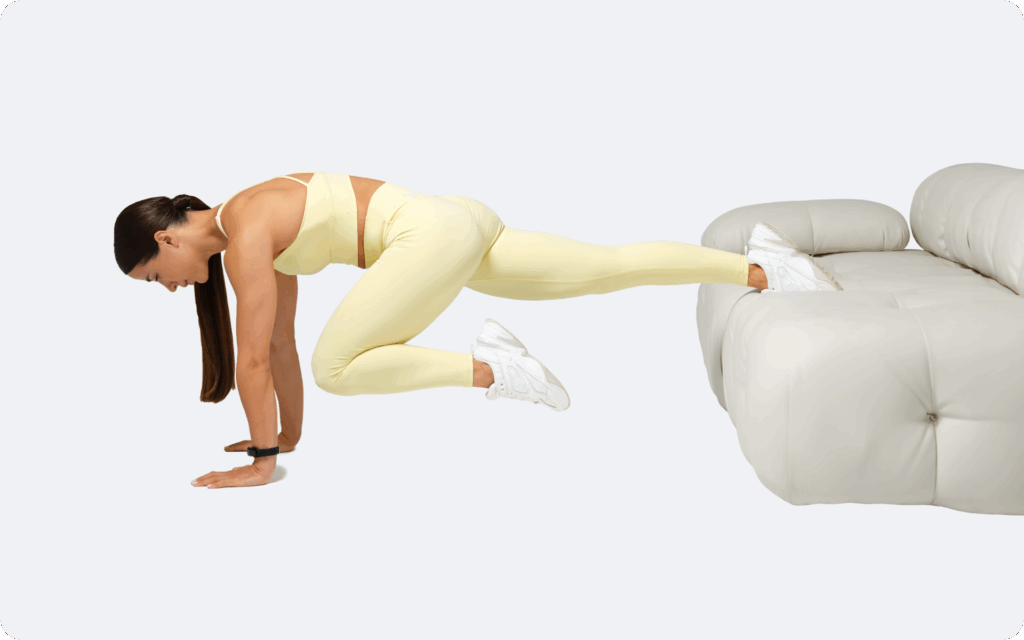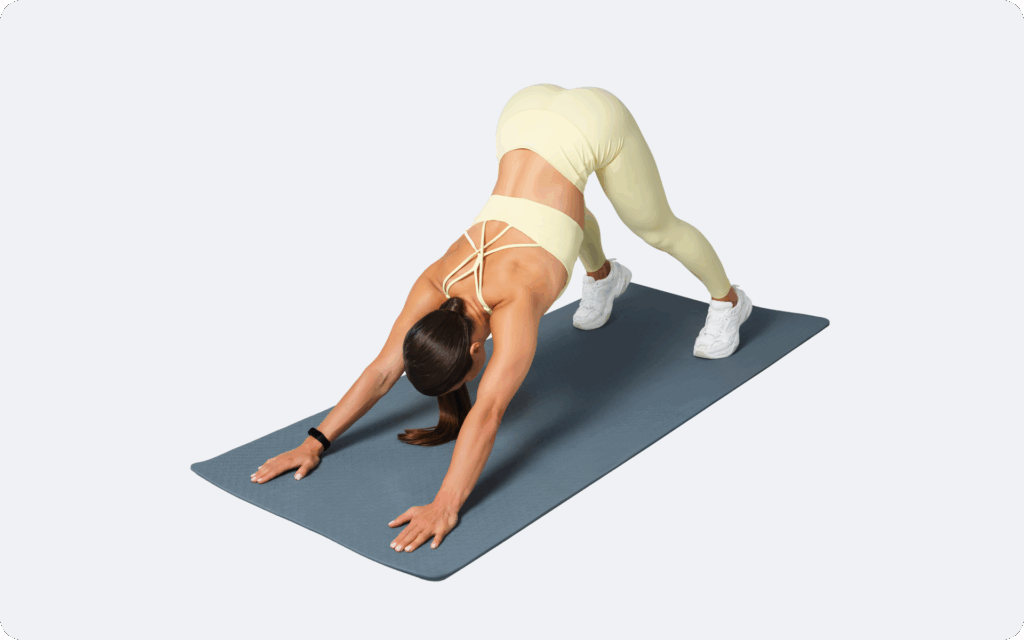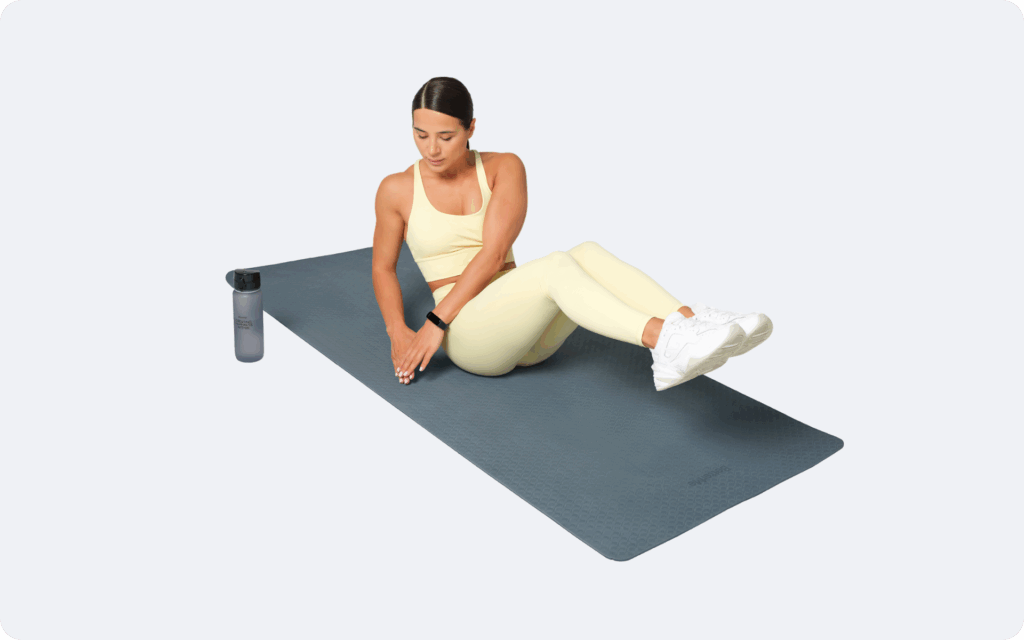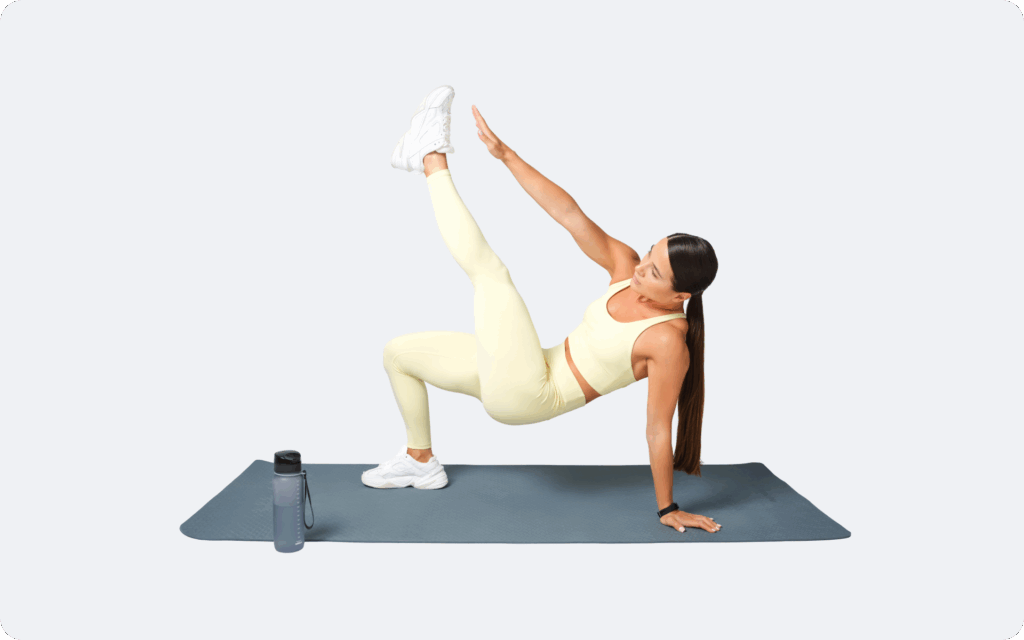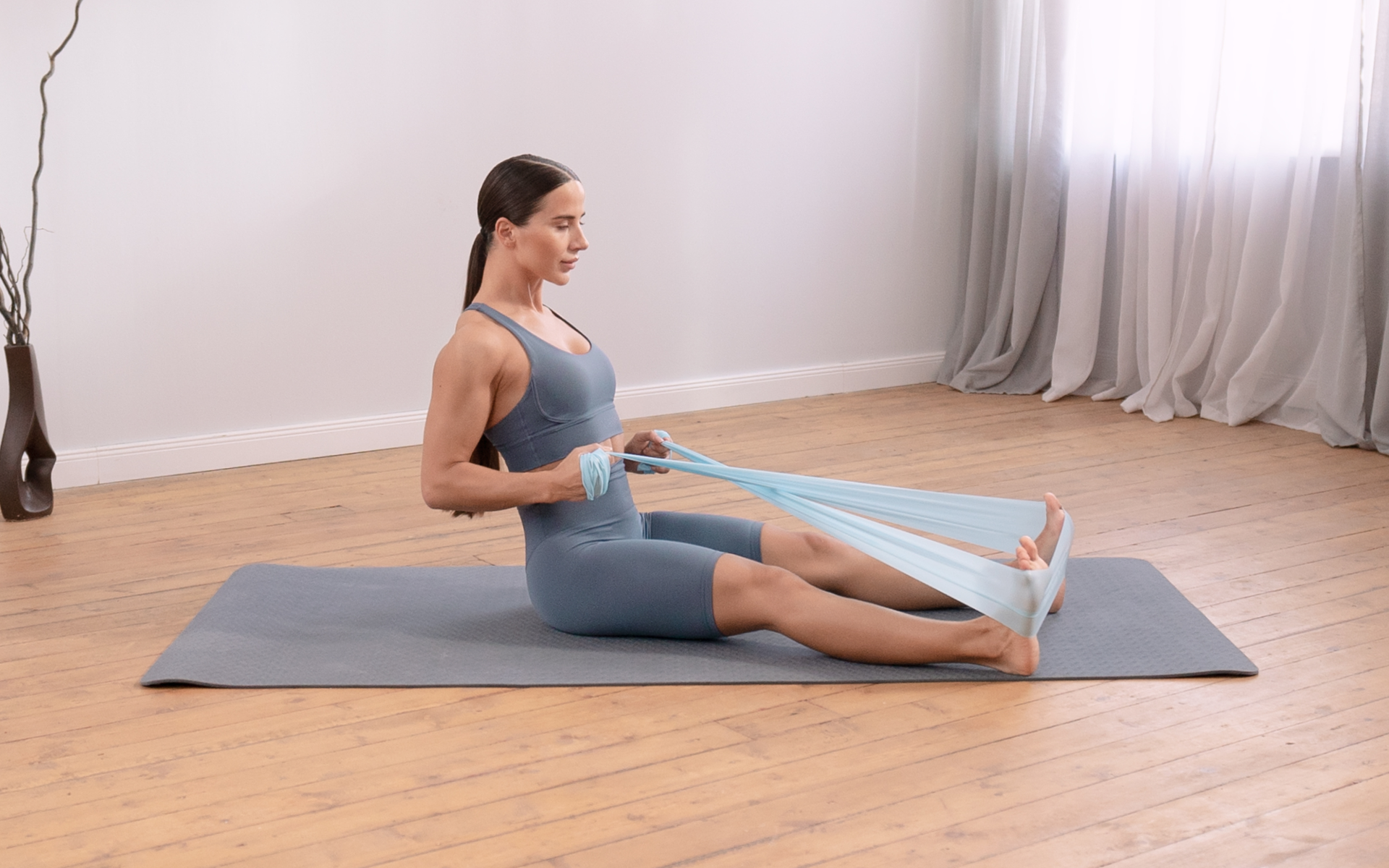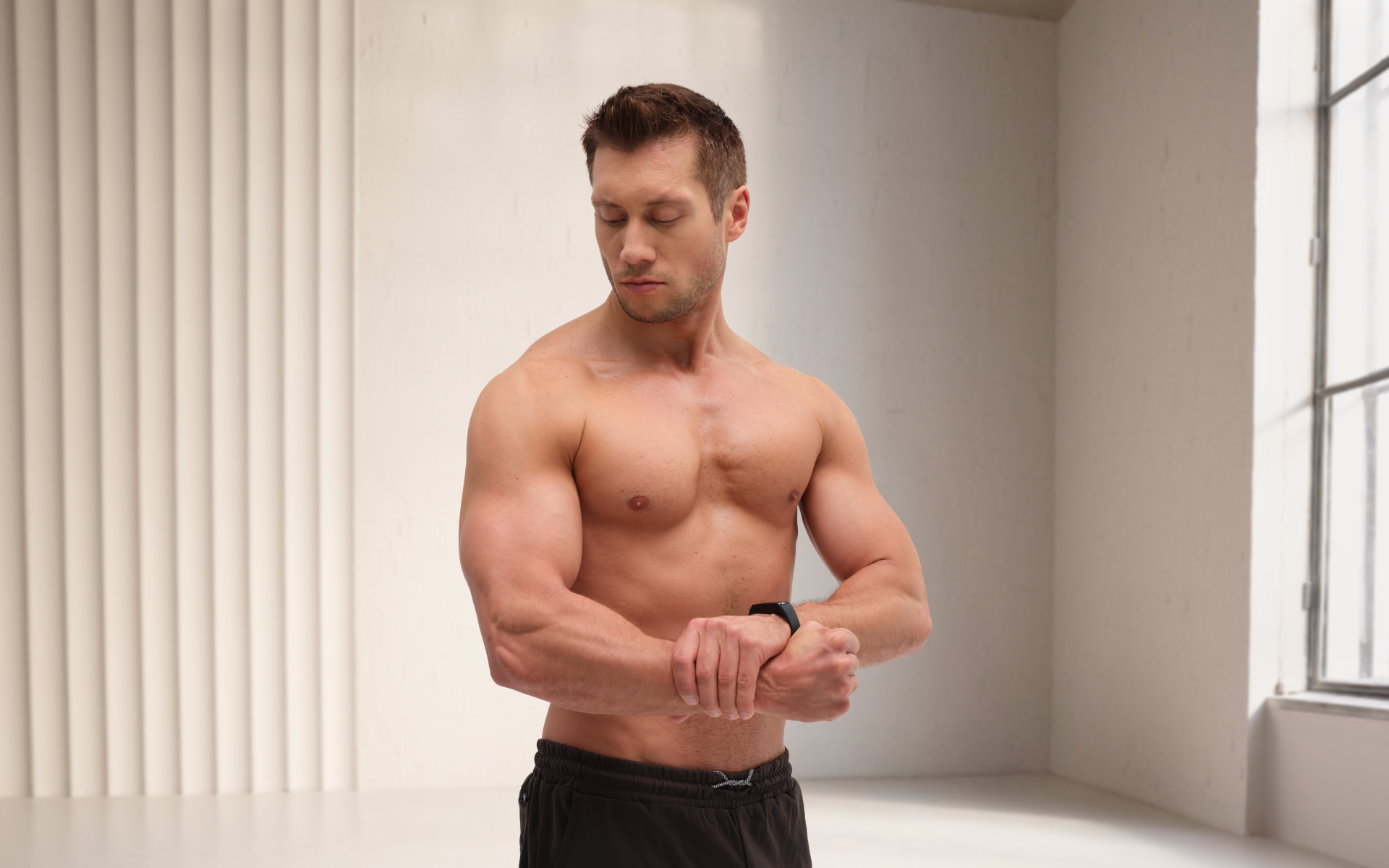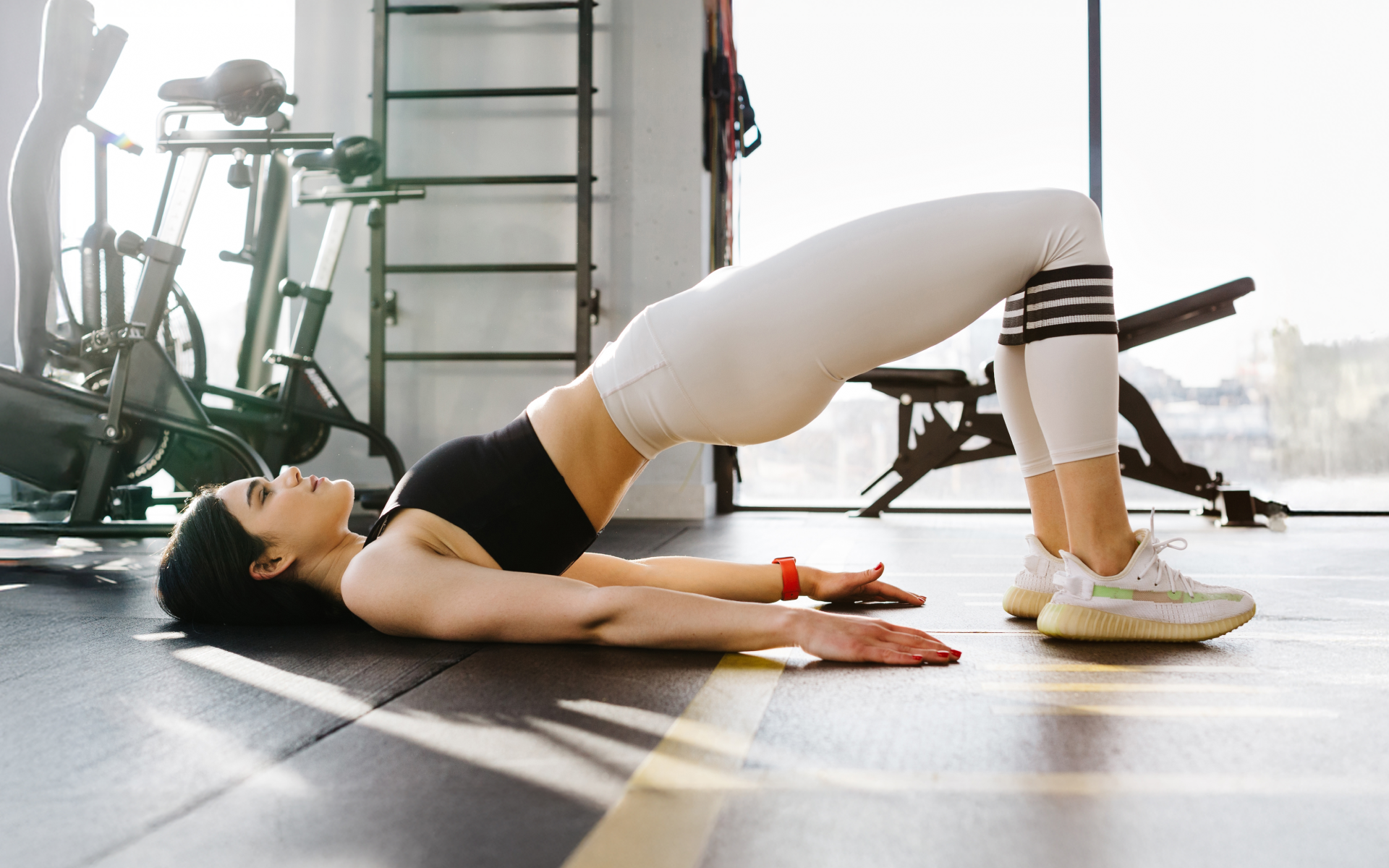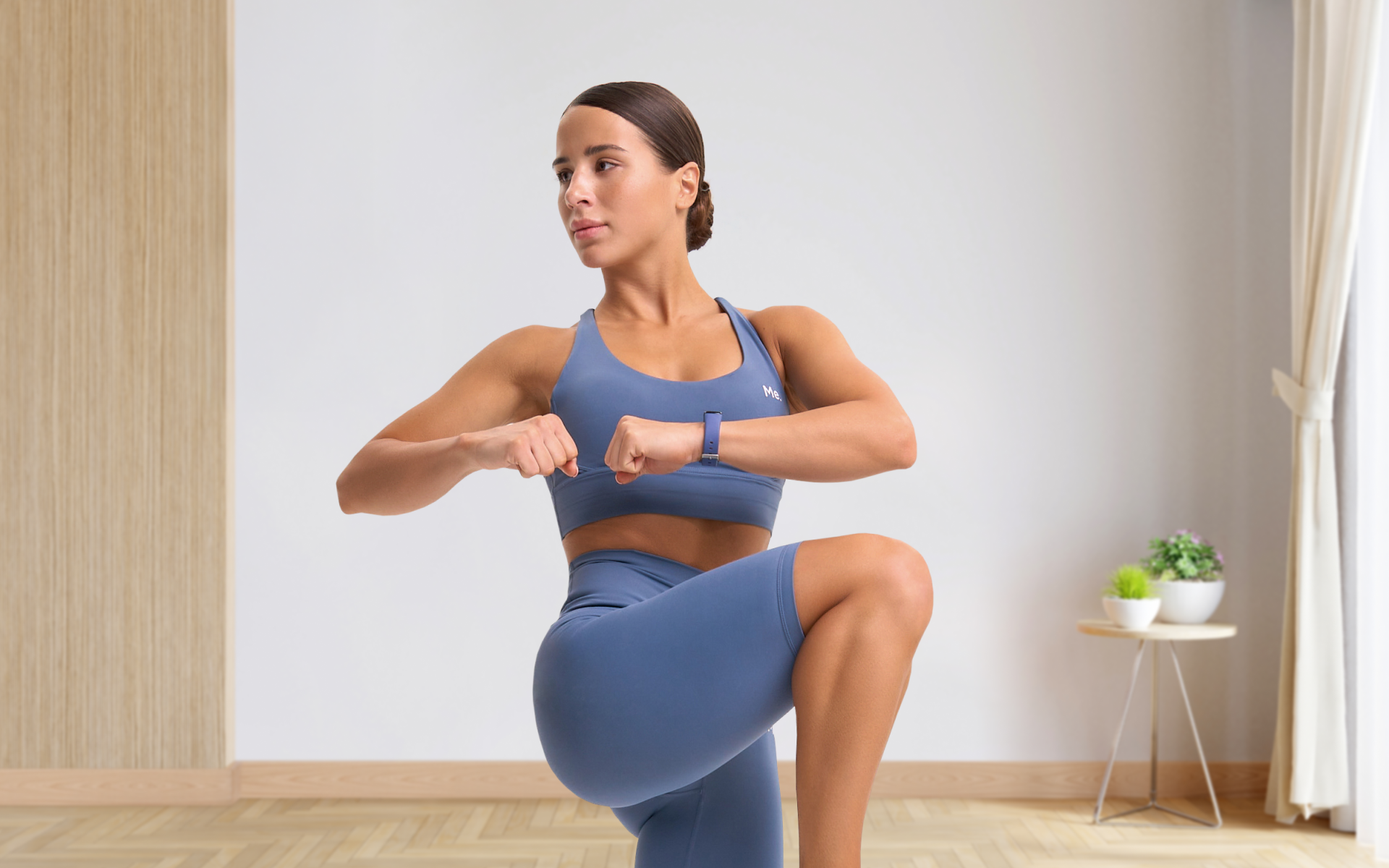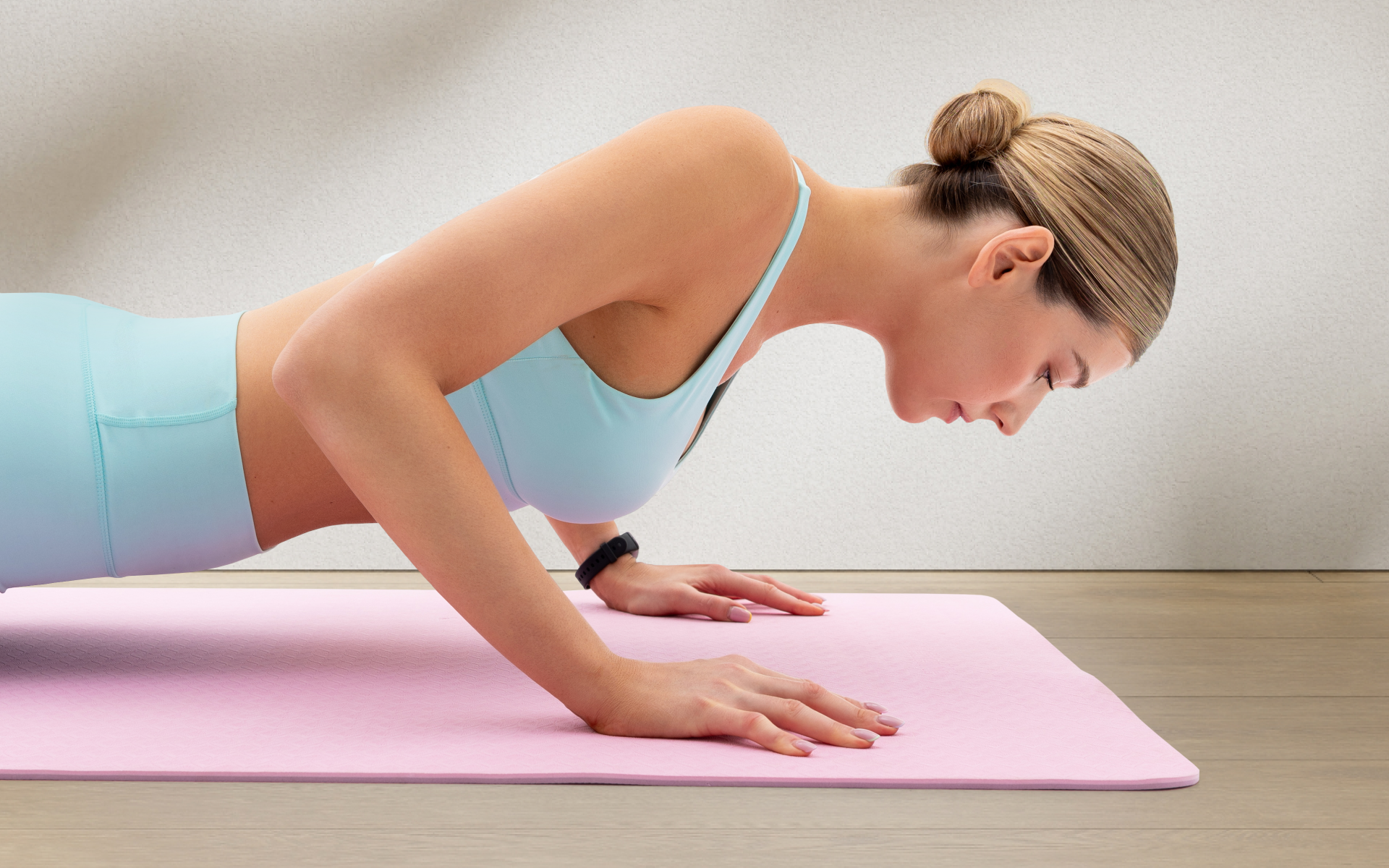Calisthenics training has surged in popularity, and for good reason. This bodyweight approach builds functional strength, improves mobility, and requires minimal equipment.
But here’s the challenge: finding enough time in your busy schedule for effective workouts.
The good news? A well-structured 45-minute calisthenics workout can deliver remarkable results when it’s done consistently three days per week. This approach fits perfectly into most schedules while providing your muscles with adequate stimulus for growth and strength gains.
This comprehensive guide will show you exactly how to maximize your training time with evidence-based calisthenics programming. You’ll discover optimal workout structures, complete exercise progressions, and practical strategies to build muscle and strength in just 45 minutes per session.
What Is the Minimum Time for an Effective Workout?
Research has consistently shown that effective strength training doesn’t require hours in the gym. The minimum effective dose for strength and muscle development is surprisingly achievable within shorter time frames (1).
Studies support 30-60 minute sessions as highly effective. The general consensus is that workouts that last 30-60 minutes produce optimal strength and hypertrophy adaptations when the volume and intensity are properly managed without causing burnout (2).
The key factors that determine workout effectiveness include:
- Training volume: Total sets performed per muscle group per week
- Exercise selection: Multi-joint movements that target multiple muscle groups
- Progressive overload: Gradually increasing the difficulty over time
- Rest intervals: Adequate recovery between sets (90 seconds to 5 minutes)
Weekly training volume matters more than session length. Research has indicated that you can successfully build muscle using a wide range of sets. Evidence shows that performing 4-20 sets per muscle group weekly is capable of producing significant strength and size gains, regardless of whether those sets are distributed across 3 longer sessions or 6 shorter ones (3, 4).
Whether you’re a workout beast or just a beginner making your first foray into the world of fitness and dieting – BetterMe has a lot to offer to both newbies and experts! Install the app and experience the versatility first-hand!
For calisthenics specifically, 45-minute sessions allow sufficient time for:
- 5-10 minutes of dynamic warm-up
- 30 minutes of strength work (6-8 exercises)
- 5 minutes of cool-down
This timeframe accommodates proper rest intervals between sets while maintaining workout intensity and focus.
For more detailed guidance on workout duration, check out our article how long should a calisthenics workout be?
Read more: Intense Calisthenics Workout for Beginners: The Ultimate Guide
Can a 45-Minute Workout Be Effective?
Absolutely. A 45-minute calisthenics workout can be effective when it’s structured properly using evidence-based training principles.
Time efficiency comes from exercise selection and programming. The most effective 45-minute workouts prioritize compound movements that work multiple muscle groups simultaneously. Examples include:
- Pull-ups (targeting the back, biceps, and core)
- Push-ups (targeting the chest, shoulders, and triceps)
- Squats (targeting the quadriceps, glutes, and hamstrings)
Optimal set and rep schemes maximize training stimulus. Depending on your goals, research supports:
- Strength development: Perform 3-5 sets of 5-8 repetitions
- Muscle growth: Perform 3-4 sets of 8-15 repetitions (5)
This rep range allows you to complete a meaningful training volume within the 45-minute timeframe.
Strategic rest intervals ensure quality performance. Studies have shown that depending on the exercise and load, rest periods of 90 seconds to 5 minutes allow for nearly complete ATP replenishment, which enables you to maintain intensity throughout your workout (6).
Here’s how a typical 45-minute session breaks down:
- Warm-up (5-10 minutes): Dynamic stretches and movement preparation
- Strength training (30 minutes): 6-8 exercises performed by using supersets with 90-second rest intervals
- Cool-down (5 minutes): Light stretching and recovery
The science supports this approach. Research has shown that different frequency of training per week produces similar strength gains when total weekly volume is equated (7, 8).
Can You Build Muscle in a 45-Minute Workout?
Yes, muscle building is absolutely achievable with 45-minute sessions when you understand the principles of hypertrophy (9).
Muscle growth depends on total weekly volume, rather than strict individual session length. Research published in the Journal of Human Kinetics demonstrates that performing 12-20 sets per muscle group per week is ideal for stimulating significant hypertrophy (4), regardless of how those sets are distributed across training sessions.
A 45-minute workout allows for 12-15 working sets. When structured efficiently with paired exercises and appropriate rest intervals, you can complete substantial training volume:
- 3 sets × 6 exercises = 18 total sets
- Targeting all major muscle groups
- Adequate stimulus for muscle growth
Progressive overload drives muscle adaptation (10). In calisthenics, progressive overload is a bit more complicated than using weights as you can’t just increase the load. However, you create progressive overload by:
- Advancing to more challenging exercise variations
- Increasing repetitions within your target range
- Reducing rest time between sets
- Adding pause reps or slower tempos
For example, progressing from regular push-ups (targeting the chest, shoulders, triceps) to diamond push-ups or decline push-ups increases muscle activation and growth stimulus.
Compound movements maximize muscle recruitment. Calisthenics exercises such as pull-ups, dips, and single-leg squats activate multiple muscle groups simultaneously, providing more muscle-building stimulus per exercise compared to isolation movements (11).
Training frequency amplifies results. Three 45-minute sessions per week provide optimal training frequency for muscle protein synthesis. Research has shown that training each muscle group twice weekly produces superior hypertrophy compared to once-weekly training (12).
The key is consistency and progression. A well-designed 45-minute routine that is performed regularly will build more muscle than sporadic, longer workouts.
Read more: Calisthenics for Lower Body: 10+ Exercises for Strong, Muscular Legs
What Is an Effective 45-Minute Calisthenics Workout?
Here’s a complete 3-day training program that is designed to maximize your results in exactly 45 minutes per session.
Training Schedule:
- Frequency: 3 times per week
- Rest: At least one day between sessions
- Example: Monday/Wednesday/Friday or Tuesday/Thursday/Sunday
Rep and Set Guidelines:
- Strength exercises: 3 sets of 5-8 reps
- Rest between superset pairs: 90 seconds
- Core exercises: 3 sets of 8-12 reps
- Rest between core exercises: 60 seconds
Progression Method:
Start with 3 sets of 5 reps. Add one rep per set each session until you reach 3 sets of 8 reps. Once you can perform 8 reps, you can advance to the next exercise progression and return to 3 sets of 5 reps.
Keep in mind that everyone has different challenges and these are simply guidelines. The primary goal is to increase difficulty over time so feel free to add more reps past 8 if you feel you need to.
Day 1: Upper-Body Focus
Warm-up (8 minutes):
- Arm circles: 10 forward, 10 backward
- Shoulder rolls: 10 reps
- Wrist circles: 10 each direction
- Cat-cow stretches: 10 reps
- Light movement to break a sweat
Strength Work (32 minutes):
Pair 1: Push-ups and Rows
- Push-ups (3 sets of 5-8 reps)
- Start in the plank position with your hands slightly wider than shoulder-width apart.
- Lower your chest to the floor with control, keeping your elbows tucked at a 45-degree angle.
- Push back up explosively.
- Progression: Incline → Full → Diamond → Archer push-ups
- Inverted Rows (3 sets of 5-8 reps)
- Lie under a sturdy table or use suspension straps.
- Pull your chest toward the bar/table.
- Lower with control.
- Progression: High angle → Horizontal → Feet elevated
Pair 2: Dips and Pull-ups
- Dips (3 sets of 5-8 reps)
- Use parallel bars, sturdy chairs, or a bench.
- Lower your body until your shoulders are below your elbows.
- Press back up.
- Progression: Support hold → Negative dips → Full dips → Weighted
- Pull-ups (3 sets of 5-8 reps)
- Hang from a bar with your palms facing away from you.
- Pull your chin over the bar.
- Lower with control.
- Progression: Dead hang → Negative pull-ups → Assisted → Full pull-ups
Core Triplet:
- Plank hold: 3 sets of 10-30 seconds
- Side planks: 3 sets of 8-12 per side
- Hollow body hold: 3 sets of 10-30 seconds
Cool-down (5 minutes):
- Gentle stretching focusing on the shoulders, chest, and arms
Reasons why BetterMe is a safe bet: a wide range of calorie-blasting workouts, finger-licking recipes, 24/7 support, challenges that’ll keep you on your best game, and that just scratches the surface! Start using our app and watch the magic happen.
Day 2: Lower-Body Focus
Warm-up (8 minutes):
- Leg swings: 10 front/back, 10 side-to-side each leg
- Hip circles: 10 each direction
- Bodyweight squats: 10 reps
- Walking lunges: 10 total
- Light movement to elevate heart rate
Strength Work (32 minutes):
Pair 1: Squats and Glute Bridges
- Bodyweight Squats (3 sets of 8-12 reps)
- Start with your feet shoulder-width apart.
- Lower until your thighs are parallel to the ground.
- Drive through your heels to stand.
- Progression: Box squats → Full squats → Kickstand squats → Pistol squat progression
- Single-Leg Glute Bridges (3 sets of 8-12 per leg)
- Lie on your back with one foot planted.
- Lift your hips by squeezing your glutes.
- Lower with control.
- Progression: Two legs → One leg → Feet elevated
Pair 2: Lunges and Calf Raises
- Walking Lunges (3 sets of 8-12 per leg)
- Step forward into a lunge position.
- Lower your back knee toward the ground.
- Push off our front foot to return to the starting position.
- Progression: Static lunges → Walking lunges → Jump lunges
- Single-Leg Calf Raises (3 sets of 12-15 per leg)
- Stand on one foot.
- Rise onto your toes.
- Lower with control.
- Progression: Two legs → One leg → Added elevation
Core Triplet:
- Dead bug: 3 sets of 8-12 per side
- Bird dog: 3 sets of 8-12 per side
- Glute bridge: 3 sets of 12-15 reps
Cool-down (5 minutes):
- Focus on the hip flexors, hamstrings, and calves
Important Note About Calisthenics Leg Training:
Calisthenics has limitations for lower-body development compared to upper-body training. Your legs are significantly stronger than your arms, which makes it challenging to provide adequate resistance using bodyweight alone.
Solutions for Maximizing Leg Development:
- Increase training volume (more sets and reps)
- Use unilateral (single-leg) variations
- Focus on tempo and time under tension
- Consider adding external weight when possible
- Emphasize explosive movements like jump squats
While upper-body calisthenics can take you from beginner to advanced levels, leg training may require creative approaches or the eventual integration of weighted exercises for continued progress.
For those who are looking for efficient training options, explore our quick calisthenics workout routines.
Day 3: Full-Body Integration
Warm-up (8 minutes):
- Full-body movement preparation
- Joint mobility sequence
- Light cardio to prepare for workout
Strength Work (32 minutes):
Pair 1: Burpees and Mountain Climbers
- Burpees (3 sets of 5-10 reps)
- Squat down and jump back to the plank position.
- Perform a push-up.
- Jump your feet forward, then jump up with your arms overhead.
- Progression: Step-back burpees → Full burpees → Burpee pull-ups
- You may get to a point where you need to increase the number of sets.
- Mountain Climbers (3 sets of 20-30 total)
- Start in the plank position.
- Alternate driving knees toward your chest.
- Maintain a steady rhythm.
- Progression: Slow pace → Fast pace → Cross-body mountain climbers
Pair 2: Pike Push-ups and Single-Leg Deadlifts
- Pike Push-ups (3 sets of 5-8 reps)
- Start in the downward dog position.
- Lower your head toward your hands.
- Press back up.
- Progression: Feet on ground → Feet elevated → Handstand push-ups
- Single-Leg Romanian Deadlifts (3 sets of 8-10 per leg)
- Balance on one leg.
- Hinge at the hip and keep your shoulders back, reaching toward the floor.
- Return to standing.
- Progression: Two legs → One leg → Added reach
Core Triplet:
- Russian twists: 3 sets of 15-20 per side
- Leg raises: 3 sets of 8-12 reps
- Superman holds: 3 sets of 10-15 reps
Cool-down (5 minutes):
- Full-body stretching routine
How Many Calories Do You Lose in a 45-Minute Calisthenics Workout?
A 45-minute calisthenics workout typically burns 200-400 calories, although this varies significantly based on several factors (13).
Factors That Affect Calorie Burn:
- Body weight: Heavier individuals burn more calories
- Intensity: Higher intensity increases calorie expenditure
- Exercise selection: Compound movements burn more calories
- Rest periods: Shorter rests maintain an elevated heart rate
- Fitness level: Less conditioned individuals often burn more calories
Approximate Calorie Burn by Body Weight (14):
- 125 lbs: 135-240 calories
- 155 lbs: 262-306 calories
- 185 lbs: 189-336 calories
Individual metabolism, muscle mass, exercise form, and effort level all influence calorie burn (15). Two people who perform identical workouts can have vastly different energy expenditures.
Use a fitness tracker or heart rate monitor for more personalized estimates. Focus on maintaining 60-80% of your maximum heart rate during strength portions for optimal calorie burn while preserving muscle-building stimulus (16).
Remember that while calorie burn is a nice bonus, the real benefits of calisthenics come from increased strength, muscle development, improved body composition, and enhanced functional movement patterns (17).
Do you need a structured weekly approach? Check out our comprehensive calisthenics weekly routine guide.
Cross-country skiing burns approximately 400-600 calories per hour (14), which makes it one of the highest calorie-burning activities . Swimming, running at 5+ mph, and cycling at 16+ mph also rank among the top calorie burners, typically burning 400-600 calories per hour depending on body weight and intensity (14). For belly fat loss, you should aim for 150-300 minutes of moderate-intensity cardio per week (approximately 20-45 minutes daily). This translates to 30 minutes of brisk walking 5 days per week or 25 minutes of vigorous activity 3 days per week. However, spot reduction isn’t possible (18 ) – you’ll need a caloric deficit through diet and exercise to reduce your overall body fat (19 , 20). Track muscle gain through multiple indicators: increased strength in your exercises, improved muscle definition and firmness, better-fitting clothes (tighter in muscle areas), progress photos showing visual changes, and body composition measurements. Weight alone isn’t reliable, as muscle weighs more than fat. Expect noticeable changes within 4-8 weeks of consistent training. Yes, walking absolutely counts as exercise and provides significant health benefits (21). Brisk walking (3-4 mph) qualifies as moderate-intensity aerobic activity and contributes toward the recommended 150 minutes of weekly cardio (22). This can: However, for strength building, you’ll need resistance training such as calisthenics in addition to walking.Frequently Asked Questions
What sport burns the most calories?
How much cardio do you need to do per day to lose belly fat?
How do you know if you’re gaining muscle?
Does walking count as exercise?
The Bottom Line
A 45-minute calisthenics workout isn’t just possible, it’s highly effective when it’s structured properly. By focusing on compound movements, efficient exercise pairing, and progressive overload, you can build impressive strength and muscle using nothing but your body weight.
The key to success lies in consistency, proper progression, and understanding that time efficiency beats time quantity every time. Start with the beginner-friendly routine outlined above, focus on mastering proper form, and gradually advance to more challenging variations as you become stronger.
Your fitness transformation doesn’t require hours in the gym or expensive equipment. It requires smart programming, dedication, and the willingness to challenge yourself within a sustainable timeframe.
Are you ready to get started? Choose your first workout day, set aside 45 minutes, and start your calisthenics journey today. Your stronger, more confident self is just a few workouts away.
DISCLAIMER:
This article is intended for general informational purposes only and does not serve to address individual circumstances. It is not a substitute for professional advice or help and should not be relied on for making any kind of decision-making. Any action taken as a direct or indirect result of the information in this article is entirely at your own risk and is your sole responsibility.
BetterMe, its content staff, and its medical advisors accept no responsibility for inaccuracies, errors, misstatements, inconsistencies, or omissions and specifically disclaim any liability, loss or risk, personal, professional or otherwise, which may be incurred as a consequence, directly or indirectly, of the use and/or application of any content.
You should always seek the advice of your physician or other qualified health provider with any questions you may have regarding a medical condition or your specific situation. Never disregard professional medical advice or delay seeking it because of BetterMe content. If you suspect or think you may have a medical emergency, call your doctor.
SOURCES:
- No Time to Lift? Designing Time-Efficient Training Programs for Strength and Hypertrophy: A Narrative Review (2021, link.springer.com)
- Strength Training Program Essentials (n.d., canada.humankinetics.com)
- Resistance Training Variables for Optimization of Muscle Hypertrophy: An Umbrella Review (2021, frontiersin.org)
- A Systematic Review of The Effects of Different Resistance Training Volumes on Muscle Hypertrophy (2022, pmc.ncbi.nlm.nih.gov)
- Loading Recommendations for Muscle Strength, Hypertrophy, and Local Endurance: A Re-Examination of the Repetition Continuum (2021, pmc.ncbi.nlm.nih.gov)
- Rest interval between sets in strength training (2009, pubmed.ncbi.nlm.nih.gov)
- Effect of Resistance Training Frequency on Gains in Muscular Strength: A Systematic Review and Meta-Analysis (2018, pubmed.ncbi.nlm.nih.gov)
- How many times per week should a muscle be trained to maximize muscle hypertrophy? A systematic review and meta-analysis of studies examining the effects of resistance training frequency (2019, pubmed.ncbi.nlm.nih.gov)
- The Mechanisms of Muscle Hypertrophy and Their Application to Resistance Training (2010, journals.lww.com)
- Improving muscle size with Weider’s principle of progressive overload in non-performance athletes (2021, researchgate.net)
- Compound Exercises (n.d., physio-pedia.com)
- Effects of Resistance Training Frequency on Measures of Muscle Hypertrophy: A Systematic Review and Meta-Analysis (2016, pubmed.ncbi.nlm.nih.gov)
- Diet Tool: Calories Burned Calculator for Common Exercises and Activities (n.d., webmd.com)
- Calories burned in 30 minutes of leisure and routine activities (2021, health.harvard.edu)
- Metabolism (2021, betterhealth.vic.gov.au)
- What To Know About Heart Rate Zones (2023, health.clevelandclinic.org)
- Bodyweight Training: A Return To Basics (2010, journals.lww.com)
- A proposed model to test the hypothesis of exercise-induced localized fat reduction (spot reduction), including a systematic review with meta-analysis (2022, hummov.awf.wroc.pl)
- Optimal Diet Strategies for Weight Loss and Weight Loss Maintenance (2020, pmc.ncbi.nlm.nih.gov)
- “Calories in, calories out” and macronutrient intake: the hope, hype, and science of calories (2017, journals.physiology.org)
- The importance of walking to public health (2008, pubmed.ncbi.nlm.nih.gov)
- Physical Activity and Your Weight and Health (2023, cdc.gov)
- The multifaceted benefits of walking for healthy aging: from Blue Zones to molecular mechanisms (2023, link.springer.com)
